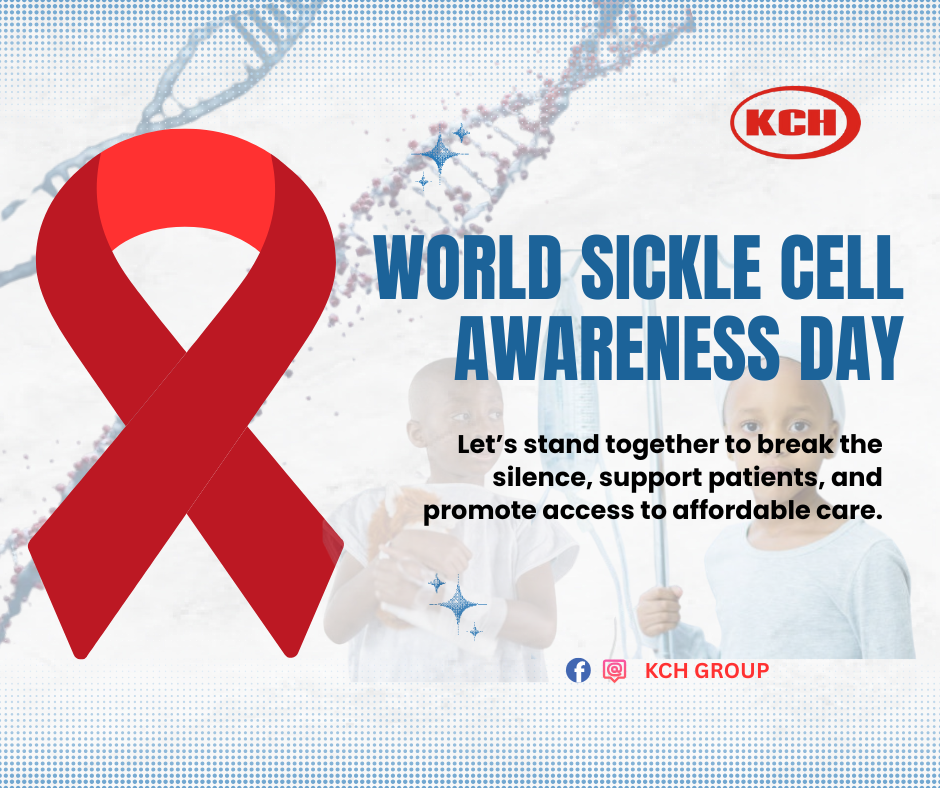By Morgan Nwanguma
A new drug design strategy has shown the ability to deliver medication directly to the lower gut in mice at doses up to ten times lower than those used in current treatments for inflammatory bowel disease.
The proof-of-concept study, published today in Science, introduces a targeted delivery system known as ‘GlycoCaging,’ which ensures that the drug is released specifically in the lower gastrointestinal tract, potentially improving efficacy while minimizing side effects.
“With this technique, we have the ability to deliver not just steroids, but a range of drugs including anti-microbial compounds directly to the gut, potentially helping people with inflammatory bowel disease, gut infections and more,” said co-senior author Dr. Harry Brumer, a professor in the UBC department of chemistry and Michael Smith Laboratories (MSL).
As of 2023, an estimated 322,600 Canadians are living with inflammatory bowel disease (IBD), and Canada ranks among the countries with the highest incidence rates globally, according to Crohn’s and Colitis Canada.
“It’s a growing problem, and there’s no known cure. It can be completely debilitating and it hits people in the prime of their life, between 19 and 29 years of age,” said co-senior author Dr. Laura Sly, professor in the UBC department of pediatrics.
Targeted Drug Delivery with Fewer Side Effects
Inflammatory bowel disease (IBD) is often treated with powerful anti-inflammatory steroids, administered orally or intravenously. While effective, these drugs can cause serious side effects such as osteoporosis, high blood pressure, diabetes, and mental health complications. They are commonly used during flare-ups in both children and adults—especially in the 30% of adults who don’t respond to other medications.
One major challenge is that much of the drug is absorbed in the stomach and upper intestine before it reaches the inflamed areas of the gut. As a result, high doses are needed to ensure enough of the drug reaches its target.
Researchers at the University of British Columbia have developed a novel solution called GlycoCaging, a targeted drug delivery method inspired by how certain plant fibers are digested. The team discovered that some molecules from fruits and vegetables can only be broken down by specific gut bacteria. Leveraging this, they chemically bonded a steroid to such a molecule, creating a kind of “treasure chest” that can only be unlocked by bacteria in the lower gut.
To test the approach, they used a steroid not typically used for IBD treatment, showcasing GlycoCaging’s potential to repurpose powerful drugs. In studies with two groups of IBD-afflicted mice treated for up to nine weeks, GlycoCaged drugs—delivered at doses three to ten times lower than their unmodified counterparts—produced equivalent anti-inflammatory effects. Importantly, the drug remained mostly confined to the gut, with significantly lower levels detected in the rest of the body. In one group, inflammation elsewhere in the body remained unchanged, confirming the treatment’s targeted action within the gut.
“We showed that this technique can be used on other steroids, including those commonly used in IBD treatment, as well as other anti-inflammatory drugs used in high doses with negative side effects,” said Dr. Changqing Wang, research associate in UBC department of chemistry and MSL.
Exploring Human Potential
To assess the feasibility of using GlycoCaging in humans, the research team investigated whether the gut bacteria required to activate the treatment are present in individuals with IBD. They analyzed fecal samples from 33 people, both with and without the condition, and consulted a global genetic database to identify the presence of relevant bacterial markers.
“We found that all people in the fecal sample study had the ability to activate the drugs, including people with IBD whether they are in remission or have active inflammation,” said Maggie (Wei Jen) Ma, a doctoral student in UBC’s experimental medicine program and BC Children’s Hospital Research Institute. “And, the majority of people had genetic markers indicating the ability to use the GlycoCage system.”
The scientists have patented the technology and will presently begin scouting for finance to carry out more sophisticated animal trials as well as human clinical trials.





